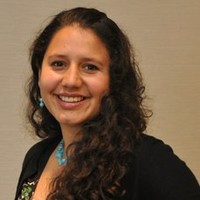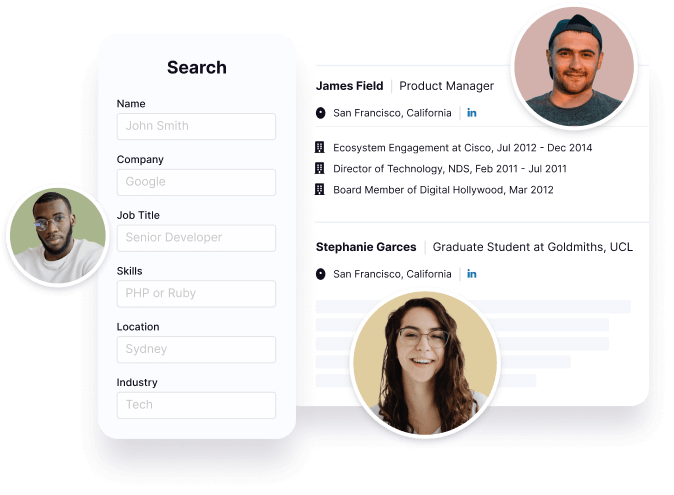Vansh Kumar's Email & Phone Number
Senior Software Engineer at Google
Vansh Kumar Email Addresses
Vansh Kumar's Work Experience

Froshmate
Co Founder
May 2024 to May 2024


California Institute of Technology
SURF Fellowship
May 2024 to May 2024



Show more
Show less
Vansh Kumar's Education
California Institute of Technology
Bachelor of Science (B.S.), Applied Computational Mathematics and Computer Science (Double Major)
May 2024 to May 2024
Thomas Jefferson High School for Science and Technology
May 2024 to May 2024
Show more
Show less
Frequently Asked Questions about Vansh Kumar
What is Vansh Kumar email address?
Email Vansh Kumar at [email protected] and [email protected]. This email is the most updated Vansh Kumar's email found in 2024.
What is Vansh Kumar phone number?
Vansh Kumar phone number is 703-606-3787.
How to contact Vansh Kumar?
To contact Vansh Kumar send an email to [email protected] or [email protected]. If you want to call Vansh Kumar try calling on 703-606-3787.
What company does Vansh Kumar work for?
Vansh Kumar works for Google
What is Vansh Kumar's role at Google?
Vansh Kumar is Software Engineering Intern
Vansh Kumar's Professional Skills Radar Chart
Based on our findings, Vansh Kumar is ...
What's on Vansh Kumar's mind?
Based on our findings, Vansh Kumar is ...
Vansh Kumar's Estimated Salary Range
Vansh Kumar Email Addresses
Find emails and phone numbers for 300M professionals.
Search by name, job titles, seniority, skills, location, company name, industry, company size, revenue, and other 20+ data points to reach the right people you need. Get triple-verified contact details in one-click.In a nutshell
Vansh Kumar's Ranking
Ranked #1,293 out of 25,860 for Software Engineering Intern in California
Vansh Kumar's Personality Type
Introversion (I), Sensing (S), Thinking (T), Perceiving (P)
Average Tenure
2 year(s), 0 month(s)
Vansh Kumar's Willingness to Change Jobs
Unlikely
Likely
Open to opportunity?
There's 100% chance that Vansh Kumar is seeking for new opportunities




























Vansh Kumar's Social Media Links
/in/vansh-kumar-a450a737 /company/google /school/california-institute-of-technology/ /redir/redirect